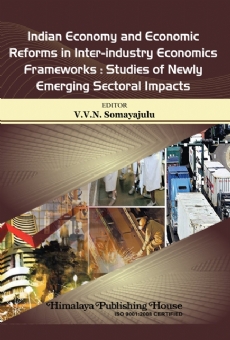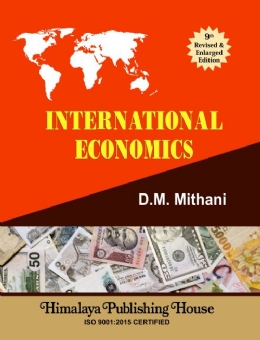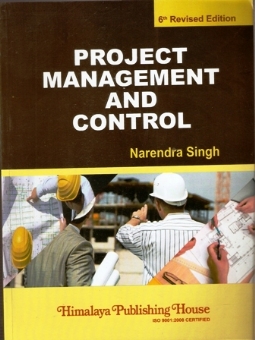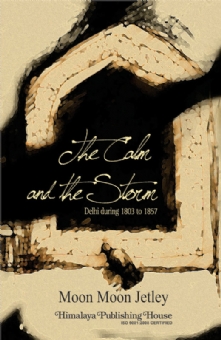This preface is intended to facilitate students and research scholars in economics, mathematical linear and non-linear economics and econometrics particularly to grasp the common uniform premises and analytical details of components of inter-industry economics frameworks. Basically, on account of uniform and common premises for frameworks of both Input-Output (I-O) analysis of W.W. Leontief and of Sraffa: Production of Commodities by Means of Commodities (PCMC) framework; and Non-parametric Linear Programming (LP) Production Frontier Framework; all three together are grouped and termed, Inter-industry Economics Frameworks. Distinct features from other schools of Economic Analysis; from within three of them and their economic significance are necessarily relevant to be grasped.
The titles of the papers are self-explanatory indicating to contain uniformity in respect of theme(s) of research papers of each book and relevance to Inter-industry Economic frameworks of them. All address to Indian Economy issues of reforms periods; and uniform frameworks of both Input-Output (I-O) analysis of W.W. Leontief and of Sraffa: Production of Commodities by Means of Commodities (PCMC) framework; and Non-Parametric Linear Programming (LP) Production Frontier Framework; together termed, Inter-industry Economics Framework. Sraffian PCMC, Leontief I-O models and Non-parametric LP models have deterministic modelling, i.e., for specifications; and premises for equilibrium conditions; and non-stochastic content and/or methods of estimation of those models of inter-industry framework. For instance, I-O analysis and PCMC analysis both follow the Supply-Demand identity for an instantaneous equilibrium of unique, discrete, optimum point for each activity or process or sector, with a finite number of sectors of the economy; but without substitution between sectors’ outputs and/or inputs. However, Linear Programming Framework undergoes and starts with disequilibrium of, Supply Demand, in either of the sectors, but allows for process substitution as to bring for an equilibrium in a finite number of processes’ substitution being efficient. Given prices structure and budget constraints, optimum is unique one of a finite number of efficient points in LP solution; but both efficient and optimum points are the same unique solution in I-O analysis and PCMC analysis. In other words, PCMC, I-O and LP are analytical approaches, distinguished for facilitating inter-industry economics frameworks that have common premises, such as, finite and discrete processes, linearity or constant returns to scale of them, deduced from fixed input coefficients production function of W.W. Leontief, a pioneer for its new contribution. Hence, those authors of PCMC, I-O and LP and their economics, are critiques of Neo-classicals’ premises and their economics. Sraffian PCMC is alone known for revivor of Classicals’ propositions but not necessarily so, in use of I-O analysis and LP models, though the latter two distinct frameworks, their results, and findings are also different from that of Neo-classicals.
However, the distinction between I-O and LP is clear in terms of: (i) no substitution between those finite and discrete processes, between inputs and outputs and between each of inputs and of outputs in I-O analysis, hence remain finite and discrete unique processes; only one process for each sector in I-O analysis; (ii) but, process substitution in a finite number of ways is possible in LP analysis; that results from scarcities of factors, inputs, outputs, etc., in relation to markets’ supplies vs. demands for them; prices vs. costs in case of dual form of LP Analysis; and in both cases, bottlenecks and/or shortages persist due to such a number of constraints or inequalities in LP framework; thus, the inequalities are more than a distinct number to provide a solution of positive levels of activities; thus, LP analysis provides the number of solutions but to limit to the number of equalities of demand and supply of factors, inputs, commodities outputs, etc., i.e., to turn out a basic feasible solution, as also needed in I-O framework.
Summing up, given the uniform premises and distinctions between three forms for inter-industry frameworks, the basic feasible solution is a unique optimal solution in I-O framework; while in LP framework optimal basic feasible solution for an objective function of activities (processes) is deduced to be one of efficient finite number of solutions; that depends on number of linearly independent constraints-based vectors for attaining solutions of the optimizing objective function, for a given set of prices and budget line. However, both I-O and LP models and Sraffian models are non-parametric frontier production function based on inter-industry economics frameworks. The themes and issues in four books cover current economic reforms period of Indian Economy, to resolve the economic issues of Indian economy for arriving at solutions and that were attributable to economic reforms, or to merely market forces or to both or not.
Contents :
1. Sectoral Impact of Central Government Expenditure
– J.V.M. Sarma
2. Telecommunications Infrastructure and Economic Development – An Input-Output Analysis
– Ashish Dash
3. How Information Intensive are the Industries of the Indian Economy?
– Shikhanwita Roy & Partha Pratim Ghosh
4. Industrial Water Pollution In India: A Study in Input-Output Framework
– Aparna Mishra, R.R.. Barthwal & K.K. Saxena
5. Key Resources Requirements for Planned Growth of Electricity and Transport in Input-Output Framework
– Priyam Sengupta
6. Capacity Utilization in Indian Industries – 1960-61 to 1992-93
– T. Padma & V.V.N. Somayajulu
7. Input Utilization Rates, Scale Efficiency and Returns to Scale of Indian Industries
– T. Padma & V.V.N. Somayajulu
8. Decomposition of TFP Growth using Data Envelopment Analysis: A Case Study of Indian Industrial Machinery
– Mukesh Kumar & Partha Basu
9. Evaluating Productivity Performance in Terms of Time Periods: A Case Study of Indian Traditional Industries
– Mukesh Kumar & Partha Basu
10. Registered Manufacturing Sector and Role of Investment Climate in Andhra Pradesh
– G. Alivelu
11. Understanding Technical Progress in Indian Industry in an I-O Framework
– Dushyant Tiwari & Debasis Patnaik
12. R&D Efficiency of Indian Pharmaceutical Firms: Data Envelopment and Linear Programming Analysis
– Ishita Tripathi
13. Economic Reforms and Technical Efficiency Performance in Indian Manufacturing Sector
– P. Sivakumar, K. Uma Shankar & V.V.N. Somayajulu
14. Technical Progress, Technical Efficiency Change and Total Factor Productivity Growth in the Indian Manufacturing Industry for Sustainable Growth
– P. Sivakumar, K. Uma Shankar Patnaik & V.V.N. Somayajulu
15. A Study on Efficiency of Indian Domestic Banking Industry
– Pradeep Kaur & Gian Kaur
16. Total Factor Productivity Growth, Technological Change and Technical Efficiency Change of Commercial Banks in India
– Jyoti & Gian Kaur
17. Irrigation and New Technology Role on Rice Cropping Pattern in Assam – 1975 to 2005
– Phanindra Goyari







